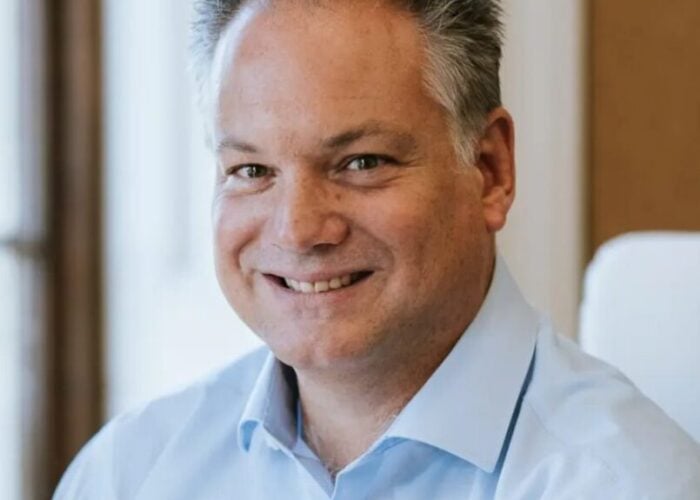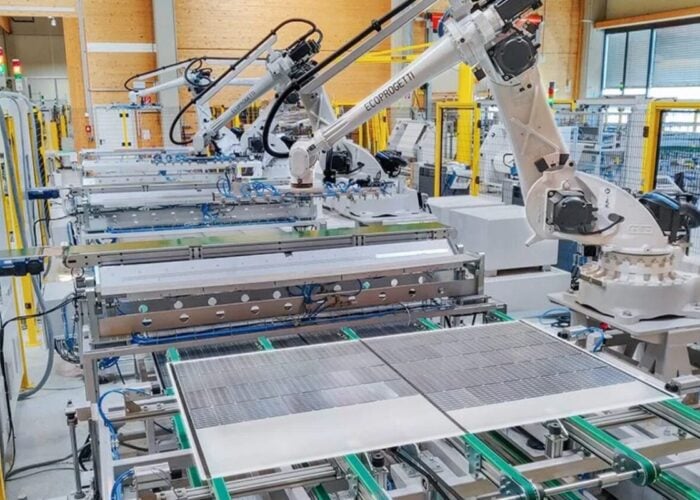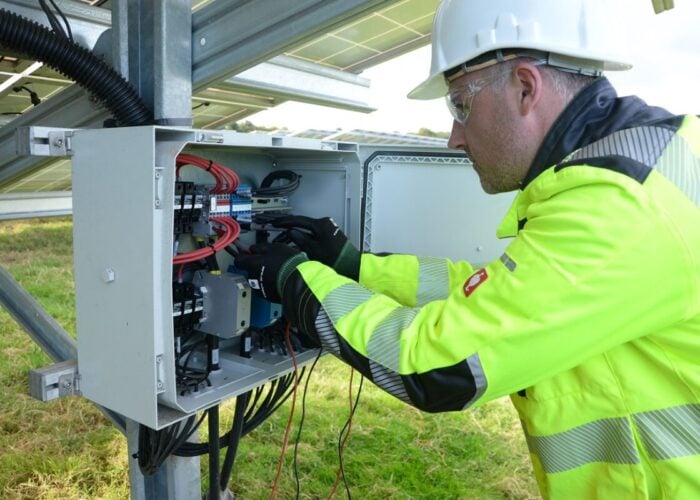
Co-located solar PV and battery projects have become some of the most cost-competitive power sources in the renewable energy transition, but markets need to be designed to take advantage of these technological innovations.
This was a key conclusion drawn by Brent Wanner, head of the World Energy Outlooks’ power sector unit at the International Energy Agency (IEA), who provided one of the opening addresses at Solar Media’s Energy Storage Summit conference, held today in London. While the majority of the conference will focus on the battery sector, there are a number of lessons for other renewable power industries, and Wanner suggested that co-located projects are a more compelling investment case than ever before.
Try Premium for just $1
- Full premium access for the first month at only $1
- Converts to an annual rate after 30 days unless cancelled
- Cancel anytime during the trial period
Premium Benefits
- Expert industry analysis and interviews
- Digital access to PV Tech Power journal
- Exclusive event discounts
Or get the full Premium subscription right away
Or continue reading this article for free
“Paired with solar PV, we see now [batteries are] becoming one of the most cost-competitive options in major markets around the world, competing with coal and natural gas,” said Wanner. His comments reflect a report from BNEF, published earlier this year, which found that the levelised cost of electricity (LCOE) for fixed-tilt solar PV fell by 21% in 2024, and that it could fall by an additional 11% by the end of 2025.
“This raises a very important point about market design, which is how do we make sure that markets are designed to value the contributions of energy storage?” asked Wanner. “They’re adding to reliability and grid security, but in many cases, they aren’t fully monetised.”
These market inefficiencies have been laid bare in the recent trend of increasing numbers of low and negative power prices, particularly in markets that are at the forefront of Europe’s solar sector. In 2024, Germany registered 457 hours of negative power prices, up from 301 hours in 2023; while in Spain, wholesale power prices collapsed from €293/MWh (US$306/MWh) in March 2022 to less than €14/MWh in April 2024, a historic low.
Last year, analysts from JLL wrote about these trends for PV Tech, and called on governments to encourage more diverse and flexible approaches in market design and grid structure.
‘Batteries are an enabler’
However, Energy Storage Summit chair Roger Harrabin said that, at least in the UK, a relatively scattershot approach to energy investment had taken attention and investment away from key technologies, such as storage.
“The UK government, instead of saying ‘we need storage’ is saying ‘we’re going to do all this other stuff, then do storage’,” said Harrabin in his opening speech. “There’s massive hype about hydrogen … backed by gas of course. Then we have nuclear, which governments have been trying to build for god knows how long – Boris Johnson was promising to build one a year for the next ten years – it’s absolutely ludicrous.”
Both speakers suggested that focusing on technologies for which there is the most compelling financial argument – namely storage and established renewable power technologies such as solar – a market and investment environment will be delivered that will enable the world to meet its clean energy goals.
“The market designs we have are for an era that was built out of coal, gas, nuclear and hydropower, and we’re moving into an era where it’s wind, solar and storage, but those market designs are not really fit for the future,” added Wanner. “Batteries are an enabler to much bigger markets.”
“They’re an enabler for solar and wind … if we look to the COP28 goals to tripling renewable capacity by 2030, energy storage and grids are key to make the most of that renewable capacity that’s being added,” continued Wanner. “To get there, we need to increase energy storage capacity sixfold from 2023.”
The Energy Storage Summit, hosted by our publisher Solar Media, takes place in London, UK, this week (18-19 February). Visit the event site for more details including the agenda and how to get tickets.






